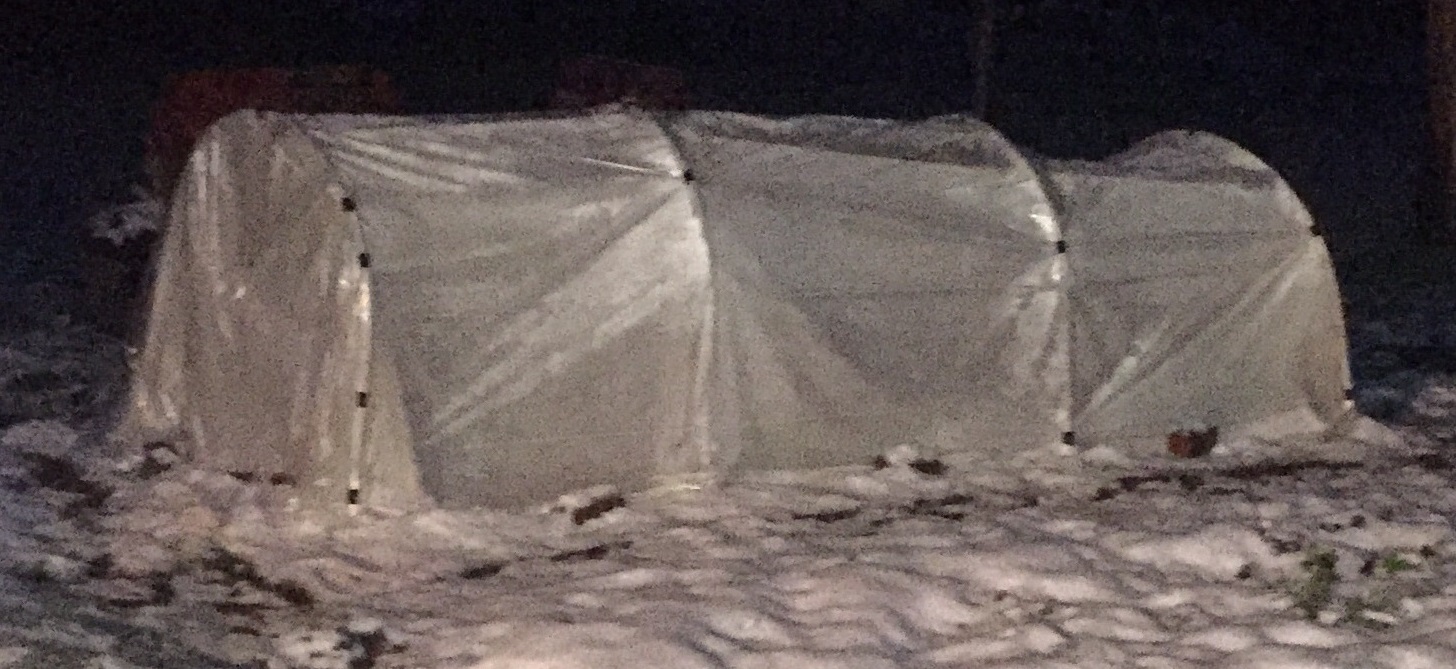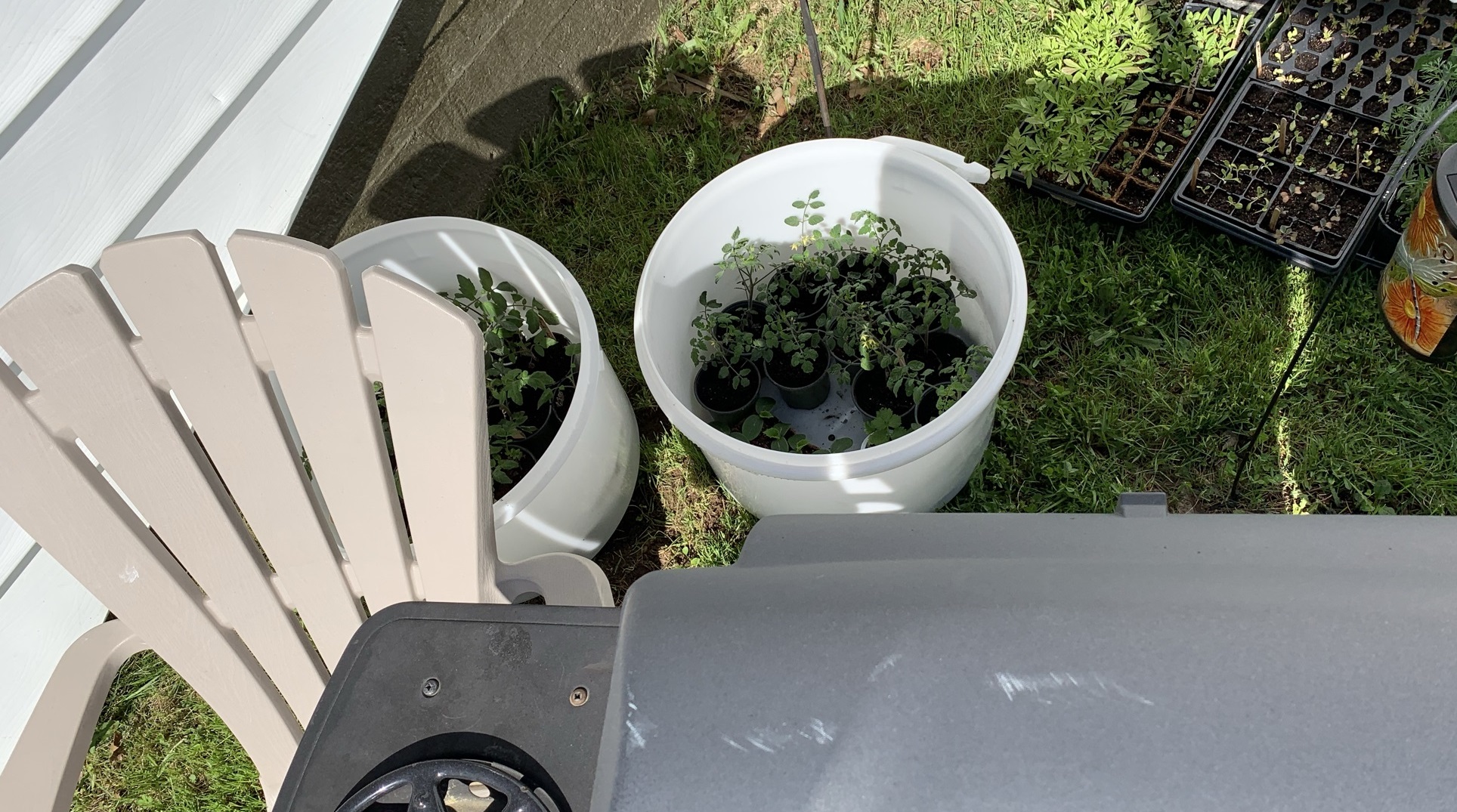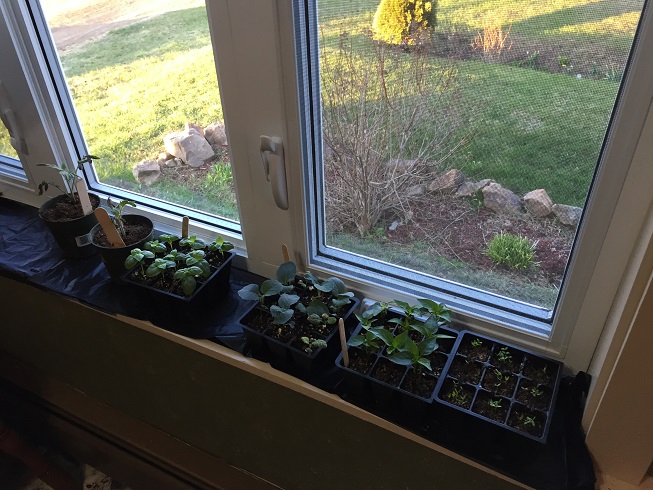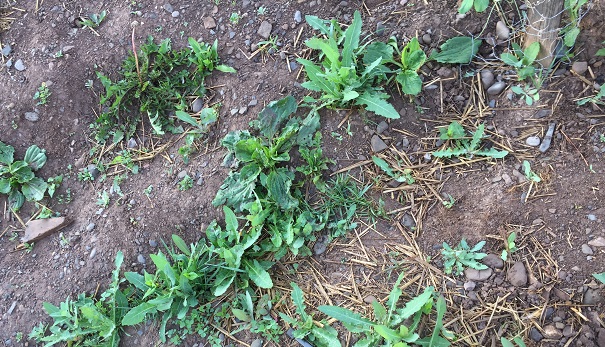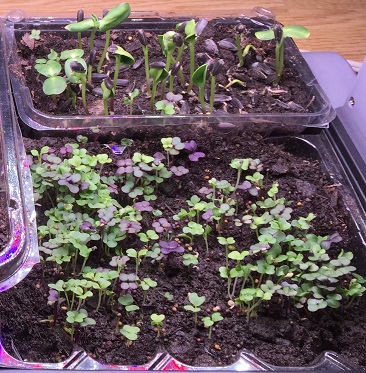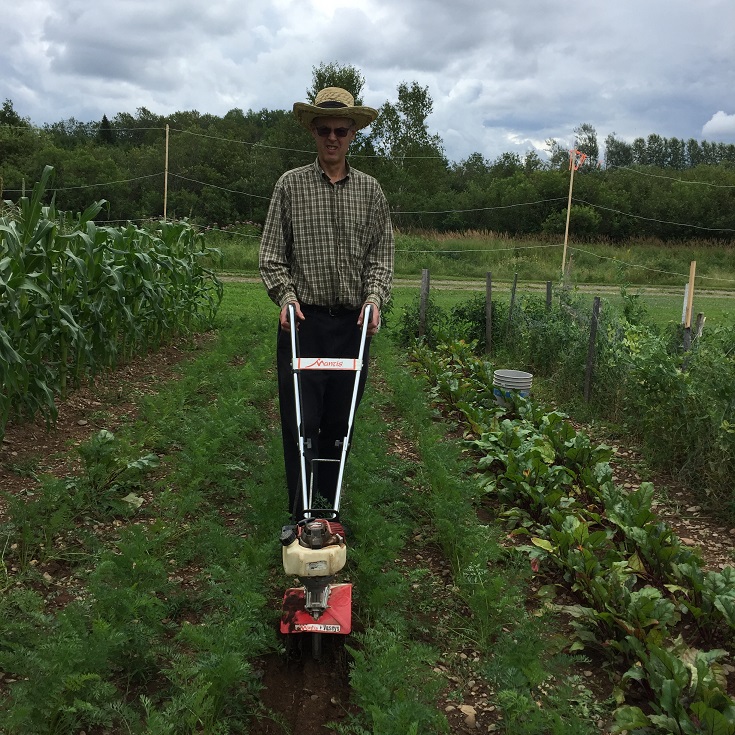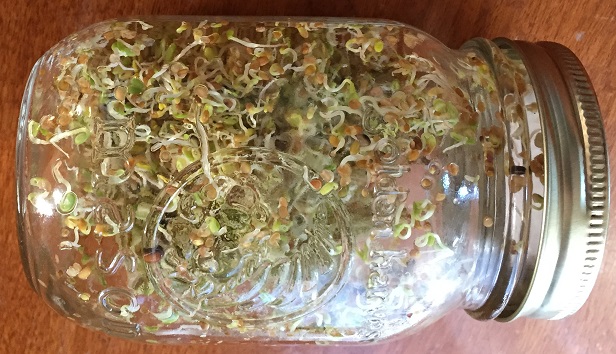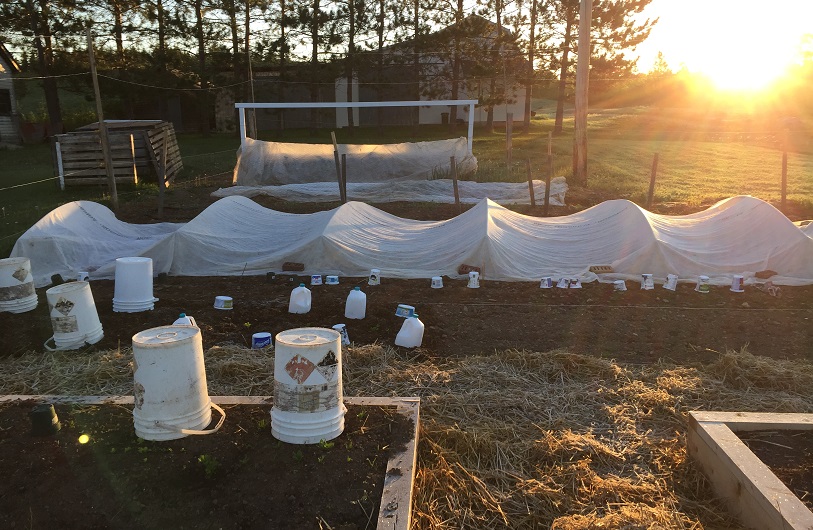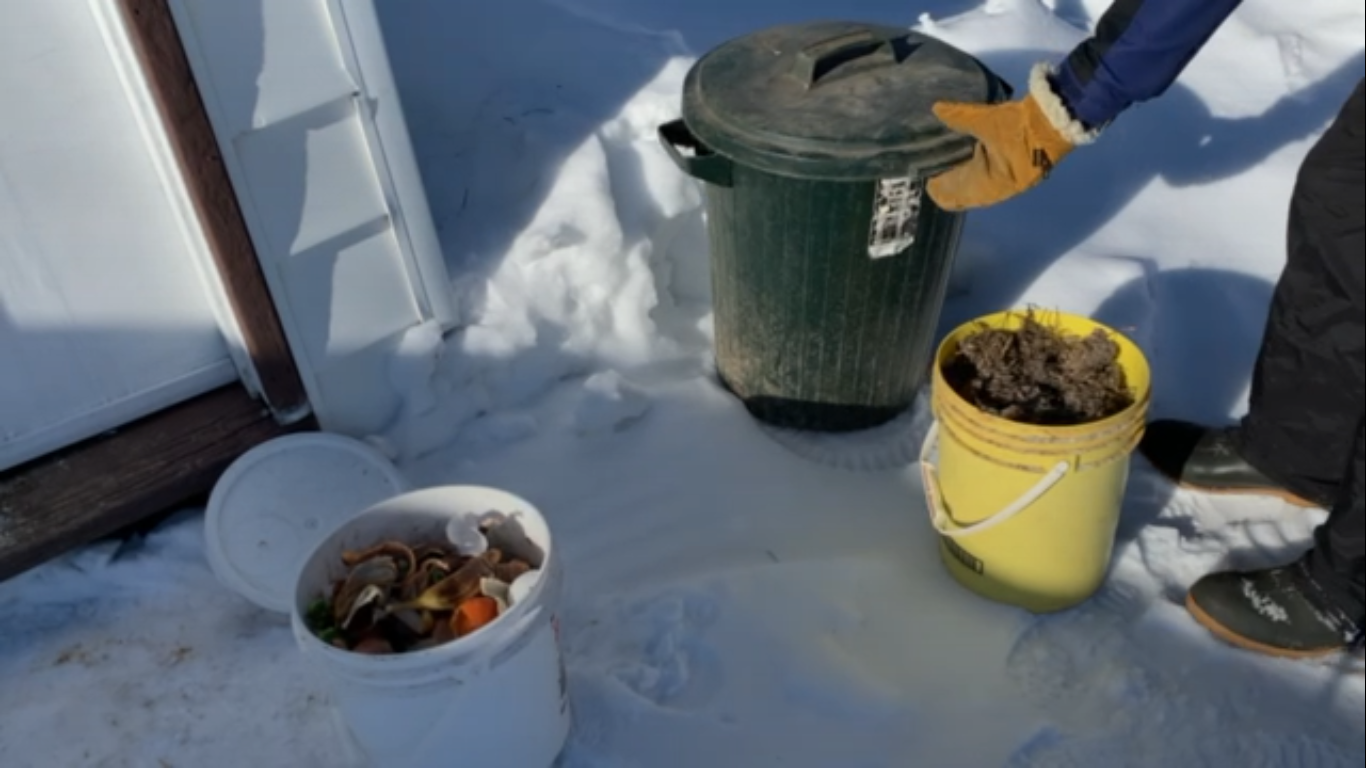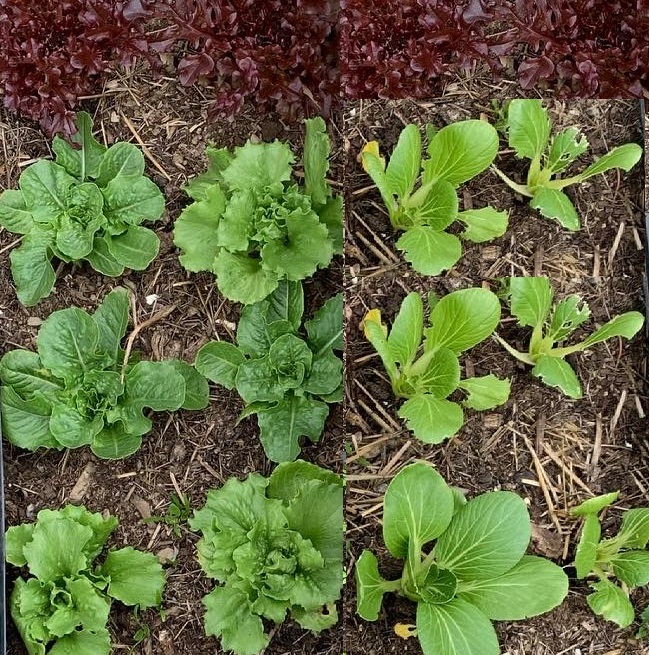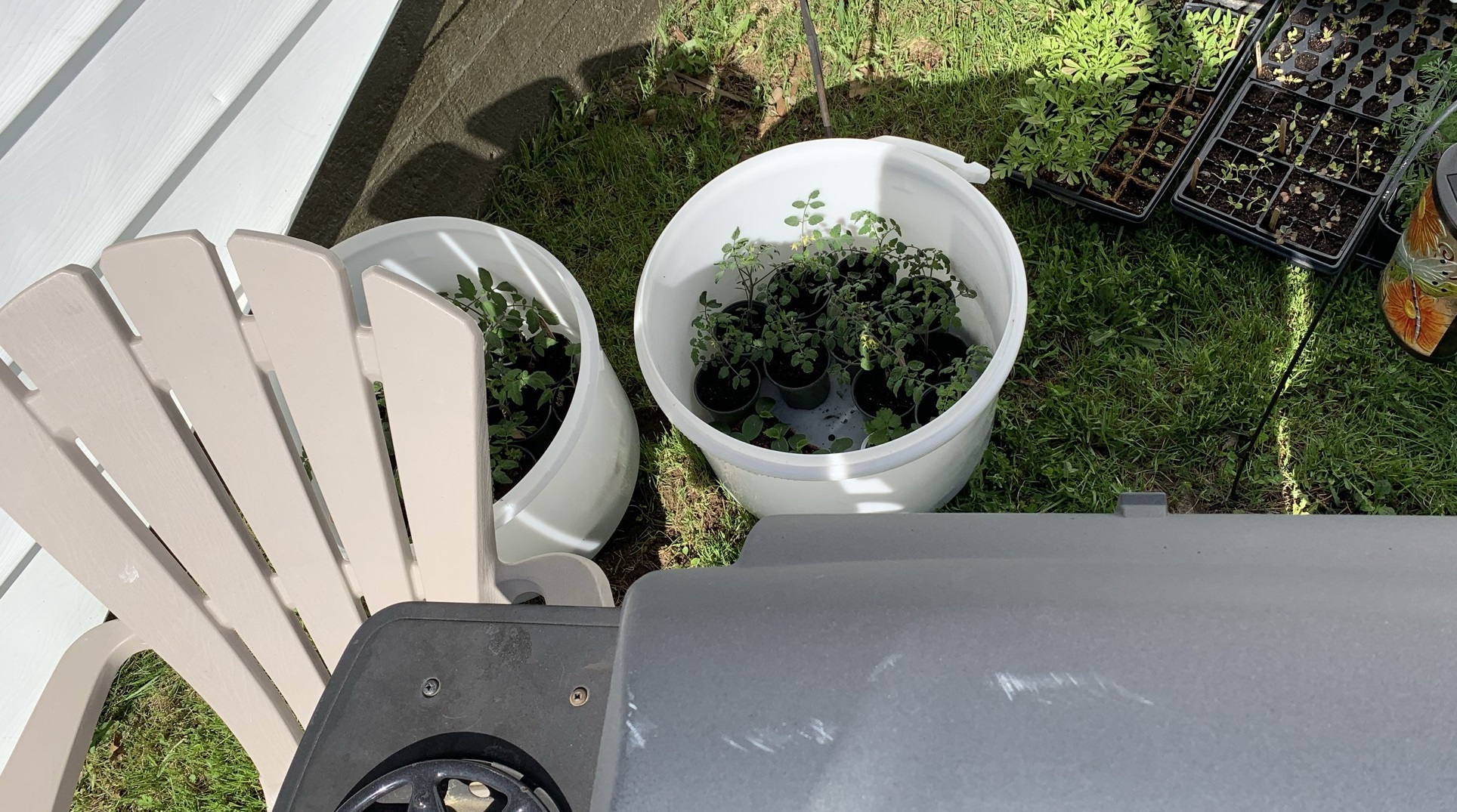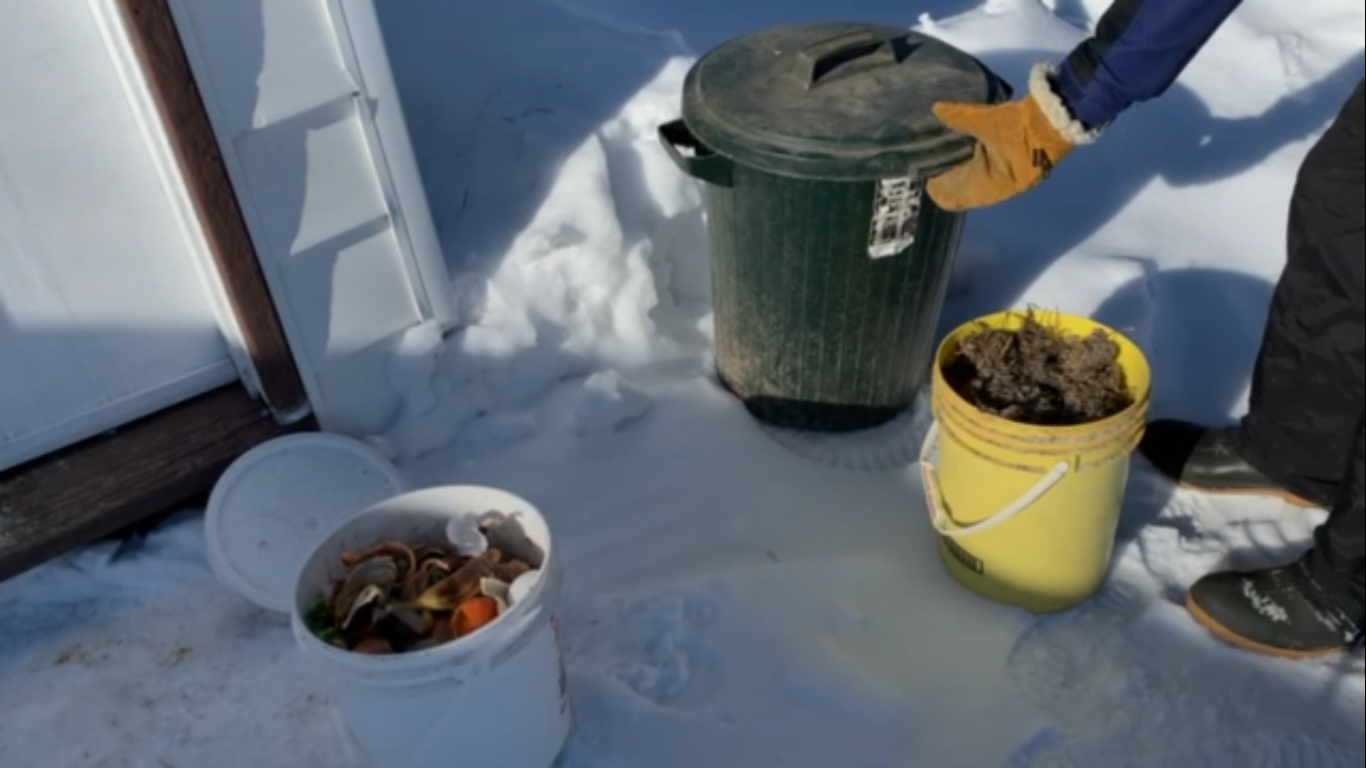Cool
Season Vegetable Gardening
Gives Advantages to Northern Zones
Check out these pages:
Northern Advantages
To a southerner, cool season vegetable gardening only occurs in the shoulder season, but in the north sometimes it feels like we live in the permanent shoulder season.
Now I don't want our southern friends to get jealous but we in the short growing season of Zone 3 have some advantages that you lack.
 |
Not only do our relatively harsh winters kill a lot of the pests and diseases that hotter climates deal with, but also our long summer days make plants grow faster. |
 |
What your science teacher told you is true. Plants need light for photosynthesis and what northern gardening lacks in heat, it makes up for in long, long hours of sunlight in late spring and early summer. |
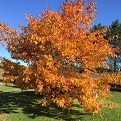 |
While southern gardeners have to wait until the shoulder season to plant cold loving plants, these plants thrive in the land of the permanent shoulder season. |
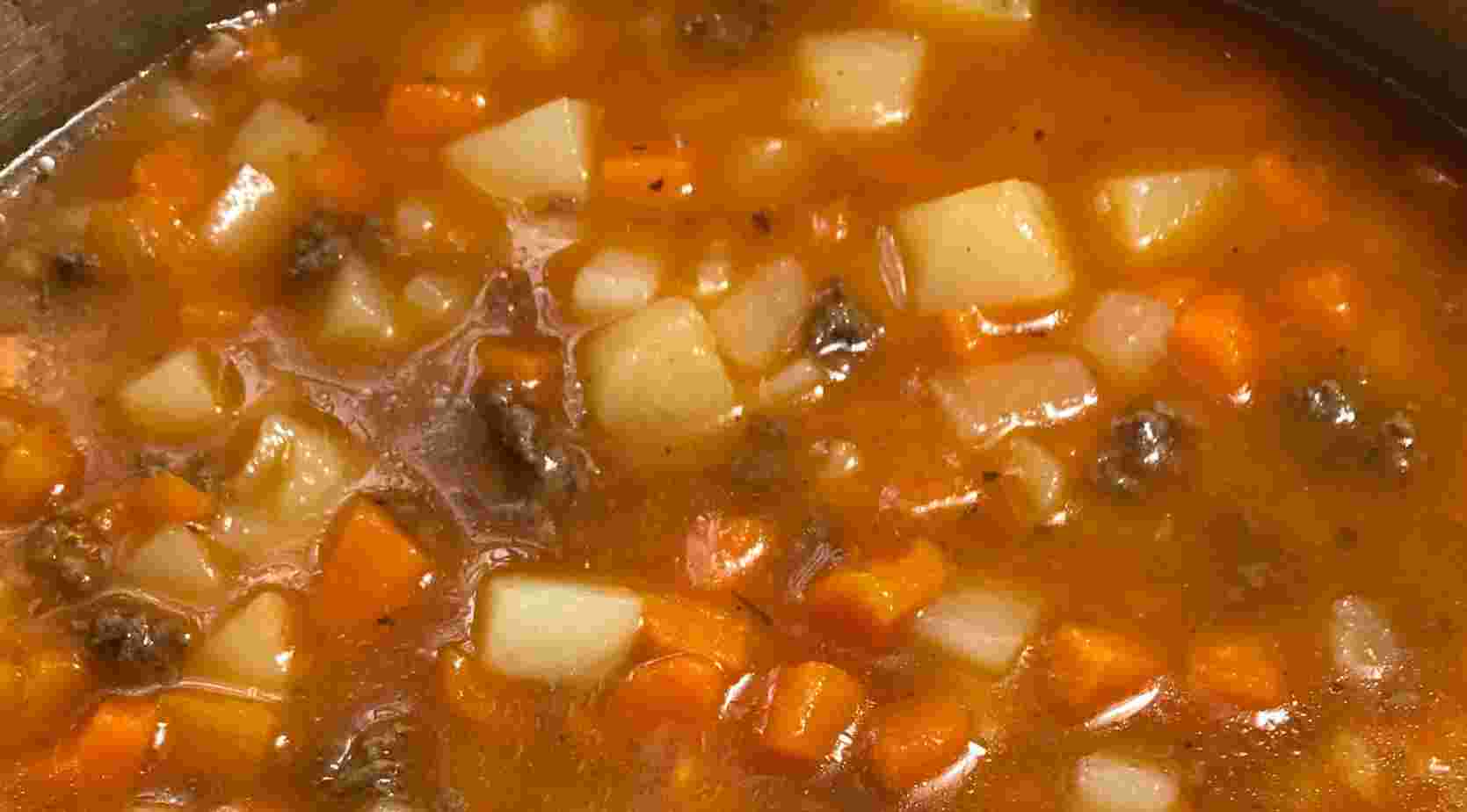 |
And in the dead of winter, no imported produce can compare to the preserves of your own harvest. |
Cool Season Vegetable
Gardening is Addicting
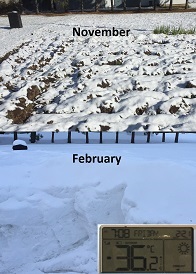 February can get bitter in Zone 3b
February can get bitter in Zone 3bNow don’t get me wrong, short season gardening has its challenges but that’s the fun of gardening, and believe me, gardening is fun, addicting even!
It can get discouraging going to websites, blogs, or Facebook pages trying to get some gardening tips, only to realize that they can't relate to where you are.
This website aims to fix that. We are aiming at true Cool Weather Gardeners. Whether you use traditional or organic methods or a combination of the two, we hope you will find useful, practical tips on this site.
There are lots of plants that tolerate the cool weather found in the plant hardiness zone 3 in much of the northern US and southern Canada exceptionally well and even despise the heat. Peas, beets, spinach and greens love the cool weather. Onions thrive in the long hours of daylight in the upper latitudes during the months of June and July. There are lots of cucumbers and corn that are bred for short seasons.
If you are into market gardening, you can even push the envelope by putting row covers over your string beans and green sprouting your potatoes to get the jump on the competition.
Yes, you will have to start your tomatoes and peppers indoors or buy plants, and yes, you may have to ripen some of your crop indoors. Yes, you may have to cure your winter squash and pumpkins off the vine. You may need to cover your seedlings for late spring frosts or go out with the water hose before sunrise in the early fall.
BUT
IT’S STILL FRESH, IT’S STILL LOCAL, AND MOST IMPORTANTLY, YOU GREW IT.
The choice is yours
Whether you want
- a small container garden on your patio,
- a few raised beds tended organically using intensive gardening techniques,
- or a large rural traditional garden,
Cool season vegetable gardening, even in the permanent shoulder season, can be fun and easy.

